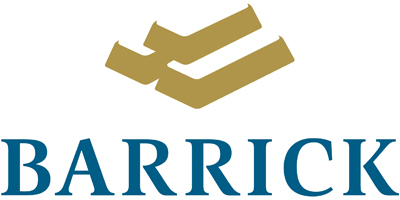Getting it Right: A Look at the Mine Approval Process at Barrick Gold
The process takes years, but lays the foundation for responsible mining
Permitting a new mine has become a more complex process, as the scale of projects grows and regulatory standards become more stringent. At the same time, the process has also become more inclusive and transparent and involves significantly more stakeholders.
Whether in well-established mining jurisdictions or developing regions with little or no history of mining, the same early-stage requirements exist: the permitting and approval process must address the interests of communities, regulators, bank lenders and shareholders.
Derek Riehm, Vice President of Permitting and Approvals at Barrick, says preparation of an environmental and social impact assessment (ESIA) forms the backbone of any permitting process.
It begins with the collection of baseline environmental and social data over an entire project area. Barrick’s permitting experts use this information to evaluate a proposed mine’s impact on water, air, plants and wildlife, as well as local communities and businesses. Where potential impacts exist, Barrick must explain how it proposes to mitigate or compensate for them.
As Barrick’s projects grow in scope, so too do its ESIAs, which can be thousands of pages long and encompass data about dozens of communities. Depending on the complexity of the project, the cost of completing an ESIA can range from $5 million to $10 million and can take anywhere from two to four years to complete. “In the past, we used to basically build a mill, an administrative building, an equipment-storage facility and then we’d mine the pit,” Riehm says. “Today, it’s not unusual for a project to include a power plant, pipelines, well fields and ports — and you’ve got to get approvals and permits for all of them.”
The growth in project size is one of several factors adding to the complexity of the approval and permitting process. Another is increased government regulation, Riehm says. “Regulations are more rigorous, and there are more of them,” he says. “A decade ago, we might have dealt with one level of government. Now, we deal with all kinds of different government agencies, as well as federal, regional and local levels of government.”
Continue reading this story at BarrickBeyondBorders.com
BARR20364

